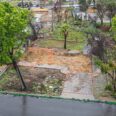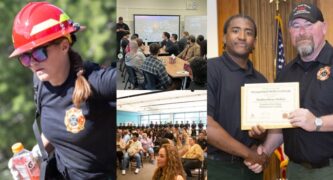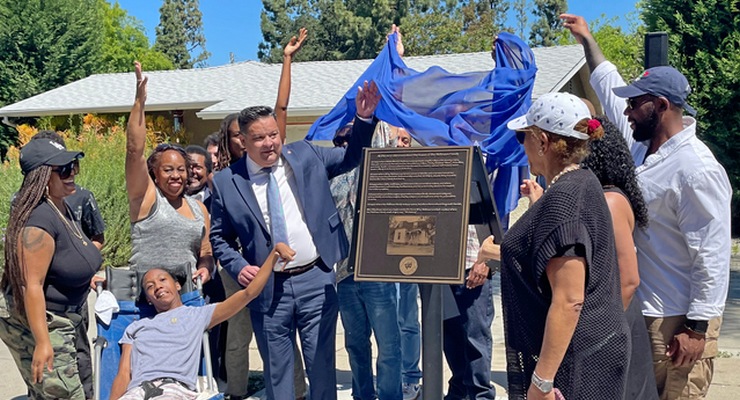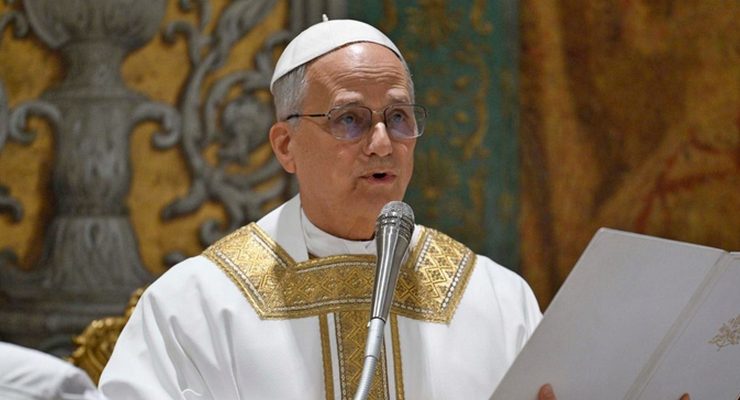
The graduates stood at attention in the college’s Creveling Lounge on April 12. Family members watched as their loved ones received certifications that could immediately place them on the front lines of California’s battle against wildfires.
“You really do become family,” Madeline Woodman, the class leader of PCC’s first Wildland Fire Academy, told the PCC Courier student newspaper. She described the eight weeks of training that “pushed every one of us physically, mentally, and emotionally.”
The ceremony marked more than just an educational milestone. It represented a direct response to a pressing public safety crisis in a state where wildfire seasons have grown longer and more destructive.
California currently faces a shortage of approximately 1,250 wildland firefighters needed to fully staff crews combating massive infernos statewide, according to data cited by LAist.
“Right now we are so thin on firefighters, it’s unbelievable,” Frank Brambilla, a 22-year fire service veteran and PCC instructor, told KNBC-TV.
The campus sits just a few miles from the southern evacuation perimeter of the recent Eaton fire, underscoring the local relevance of wildland firefighter training in the region.
Laura Ramirez, PCC’s Vice President of Instruction, explained the program’s origins in an interview with LAist.
“The wildland fire [program] is in response to a big employment gap along the entire state of California,” she said. “There is a need for wildland firefighters, you know, having to control the number of fires in the state. They don’t have enough people.”
What distinguishes PCC’s program from other firefighting academies across the state, according to program materials, is both its intensive structure and its direct pipeline to employment.
The eight-week curriculum, detailed in PCC’s 2024-2025 catalog, provides comprehensive training in hand crew formation, fire line construction, wildland equipment use, firefighter safety, fire behavior, protective clothing, and wildland fire tools. Students undergo arduous physical conditioning and extensive outdoor activity.
All aspects of the training are designed to meet National Wildfire Coordinating Group requirements, preparing graduates for immediate employment as seasonal Type 2 wildland firefighters.
Unlike some shorter programs, such as Santa Cruz County Office of Education’s two-week academy, PCC’s extended format allows for deeper skill development and team building, according to program documentation from both institutions.
The partnership between PCC and the U.S. Forest Service includes placing a hiring panel on-site during the final week of training to interview graduates and process paperwork.
Student demand overwhelmed program administrators.
“Classes are being filled, I mean, immediately. As soon as they’re opened up on registration, they’re filled within three days,” said Brambilla.
This enthusiasm reflects both the urgent need for wildland firefighters and the program’s success in providing a clear path to employment in a field with growing demand.
The Wildland Fire Academy at PCC is offered as an Occupational Skills Certificate program, designed to develop job skills in a special area of occupational education, according to the college’s catalog.
Brambilla noted in an NBC4 interview that the students in the program are “very eager,” highlighting their commitment to the demanding training regimen.
The program’s approach differs from other training models like the California Conservation Corps, which offers paid training to young adults aged 18-25 (and veterans up to 29) in partnership with CAL FIRE, USFS, and BLM (Bureau of Land Management), according to the CCC website.
Other community colleges offer varying approaches. Porterville College’s Interagency Basic Wildland Firefighter Academy spans 30 days over 14 weekends, while Antelope Valley College’s Wildland Fire Academy combines physical training with classroom instruction.
The duration of wildland fire academies in California varies significantly, from two weeks (Santa Cruz COE) to eight weeks (PCC) to 14 weekends (Porterville College), with all programs designed to meet agency hiring standards, as detailed in program materials from each institution.
What unites these various models is their shared mission: addressing a critical workforce shortage that directly impacts public safety throughout California.
PCC’s brand new Wildland Fire Academy trained cadets to “serve and protect our communities” through what was described as an “arduous, fulfilling, and inspiring” program, according to an Instagram post from the college.
As summer approaches and with it the height of fire season, the 38 graduates from PCC’s pioneering program now stand ready – a small but significant reinforcement to California’s wildland firefighting ranks and a testament to how innovative educational partnerships can respond to urgent climate-driven challenges.














 11 comments
11 comments


